
David Hoffman and the Science of Jurisprudence
Petition to Congress, 1845
1845-Hoffman, who was now residing in Philadelphia, and Charles F. Mayer, a Baltimore associate, undertook an effort to persuade the U.S. Congress to pay the descendants of Richard S. Hackley for land in East Florida that had allegedly been appropriated by the government under the Armed Occupation Act of 1842.(1) The claim was subject to some dispute as the transfer of lands from Spain to Richard S. Hackley may have been in conflict with the terms of the Adam-Onis Treaty; said transfer taking place after the deadline discussed in the treaty.(2) In fact, Richard Hackley had been contesting the status of his lands in Florida from about 1820 on and his protests had been continually rejectedby Congress.(3)
It is unclear who actually wrote the Second Protest, Hoffman or Mayer, but it is likely that the strident tone exhibited throughout is Hoffman's. Although much shorter (perhaps this was Mayer's influence) the overall style of the Hackley protest mirrors Hoffman's earlier petition in 1828 to Congress on behalf of Peter Guistier.(4) Also, like the Peter Guistier memorial, Hoffman's petition on behalf of Hackley was not successful.
Notes
1. 5 Stat. 502 (1842).
2. Carter, Charles Edwin. The Territorial Papers of the United States, Volume XXVI - The Territory of Florida, 1839-1845. Washington: National Archives and Records Service, 1962. See the letter of Charles B. Penrose to President Tyler at p. 593.
3. Ibid. See also the Report of Select Committee in the case of Richard S. Hackley, April 11, 1820.
4. Gustier, Peter A. Memorial and argument in the case of the Ship Blaireau, praying a return of tonnage and duties erroneously paid in 1803: Addressed to the Senate of the United States. Baltimore: Printed by J.D. Toy, 1826.
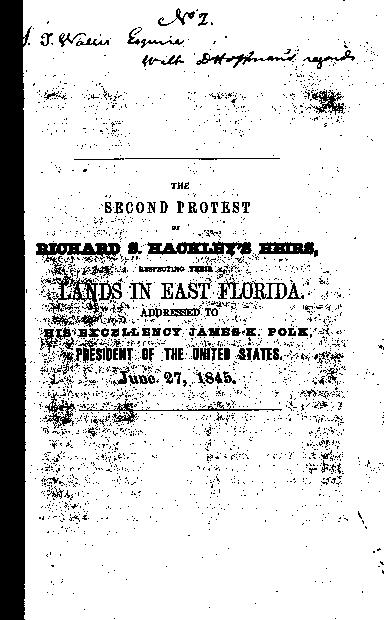
| |
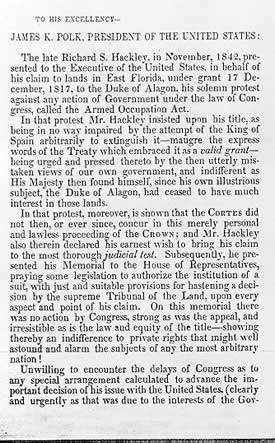
|
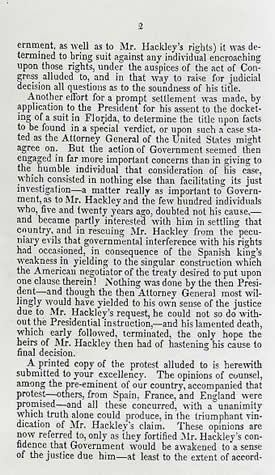
|
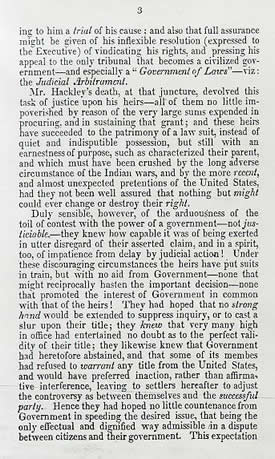
|
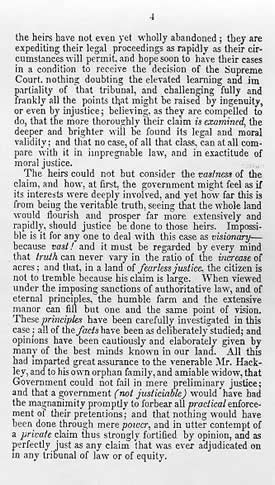
|
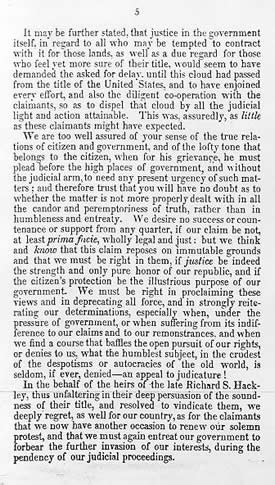
|
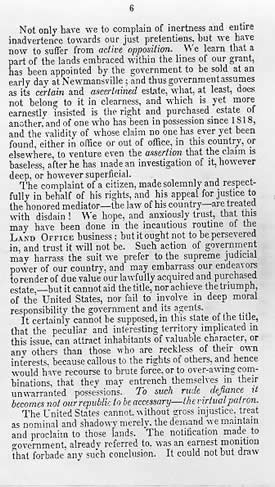
|
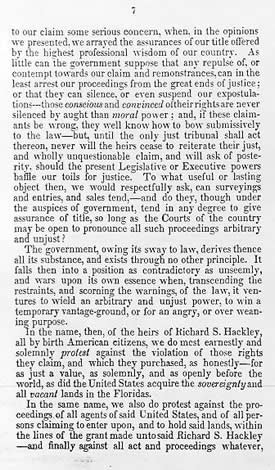
|
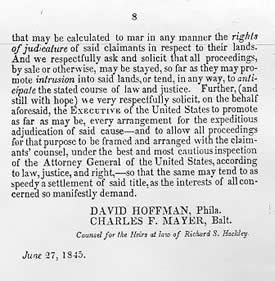
|
*Courtesy of the George Peabody Library of the Johns Hopkins University.
